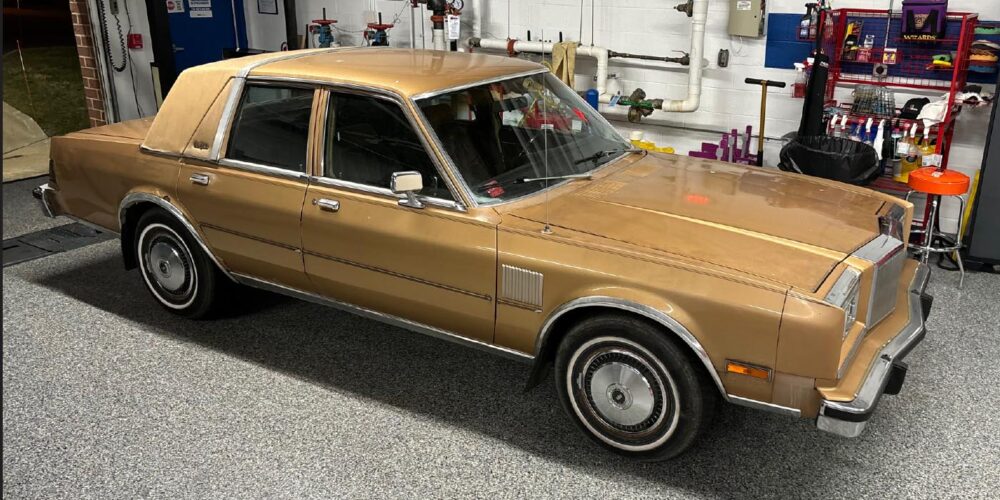In his State of the Union address in late January, President Bush called for America to break its addiction to oil from the Middle East. However, just one day after Bush’s vow to reduce America’s dependence on Middle East oil by cutting imports from there by 75% by 2025, his energy secretary and national economic adviser went on the record saying that the president didn’t mean it “literally,” rather the president meant, that alternative fuels could “displace” an amount of oil imports equivalent to most of what America is expected to import from the region by 2025. In fact, Bush’s advisors told reporters that they acknowledged that Persian Gulf oil may not be replaced at all, even if overall oil imports were to drop because of the increased availability of alternative motor fuels. Instead, he said the oil savings from using alternative fuels would be “equivalent” to three-fourths of the projected imports from the Persian Gulf.
So how much Persian Gulf oil vs. alternative fuels are we talking about? According to U.S. Department of Energy figures, only about a quarter of U.S. crude imports (2.5 million barrels per day) come from the Mid East. Saudi Arabia exports about 1.3 million barrels per day (bpd) to the U.S., followed by Iraq with 570,000 bpd, Kuwait with 270,000 bpd and Algeria with 265,000 bpd. Most of the oil we import comes from OPEC’s Venezuela and Nigeria and non-OPEC Canada and Mexico, which together supply us between 10 and 11 million bpd – about half of the country’s 21-22 million bpd addiction.
Are the Saudis and other Mid-East oil nations worried? Hardly. According to Western oil experts and international energy bodies, oil supply forecasts from the Mid East is expected to increase in the near future, as global demand continues to rise and output from other producers decline. Bottom line is, if we don’t buy their oil, oil-thirsty China and India will.
Anyway, in showing that the Oil Man from Texas wants to be true to his word, Bush set out a month after his State of the Union address to see some of technological breakthroughs that he said would “startle” most Americans and help wean the country off foreign oil. First stop was a visit to an auto-parts supplier that is developing new lithium-ion hybrid batteries — about half the size and weight of the current nickel-metal batteries used in hybrid vehicles today — and believed to be the wave of the future. Developments from this battery supplier could even make “plug-in” gasoline/electric hybrids a reality.
Bush also visited the Energy Department’s National Renewable Energy Laboratory in Golden, CO, to address accelerating the development of biofuels. And not a moment too soon, as Bush’s visit allowed the lab to re-hire 32 people, including eight researchers who had been let go a month earlier due to budget cuts in the nation’s renewable fuels program. (Just days before Bush’s visit, Energy Secretary Samuel Bodman was able to wave his magic wand and transfer $5 million to the private contractor that runs the lab, saving the researchers’ jobs and giving Americans hope that improved and less expensive bio fuels will someday soon be the norm.)
Also during his energy tour, Bush explored a “mini brewery” lab that makes ethanol (a cleaner replacement for gasoline) from the stalks and other nonfood parts of corn.
It’s satisfying that Bush is taking an interest in these advances which, in turn, sheds more media light on the growth of ethanol fuel today. With more than 5 million flexible fuel vehicles that can run on either E85 or gasoline on the roads today, we feel it is important for technicians to understand and be able to service these vehicles. (See the February issue of Underhood Service.) And though the idea of ethanol-fueled vehicles is not new – Henry Ford originally planned to fuel his early cars with ethanol, with the thinking that farmers could make their own fuel “down on the farm” using leftover crops – it’s good to see the positive attention alternative fuels are receiving and the dramatic growth in flex fuel vehicles coming from General Motors and Ford Motor Co.
And have no fear, Underhood Service will continue to keep you up-to-date on the latest “startling” technology as it becomes automotive reality.



